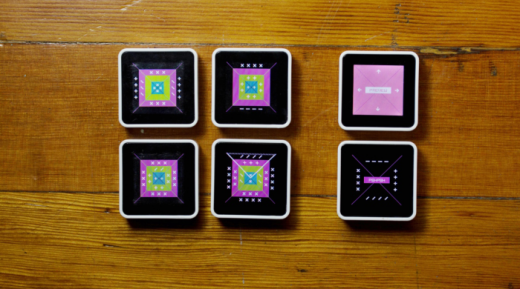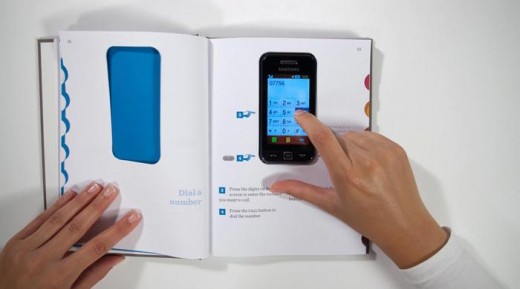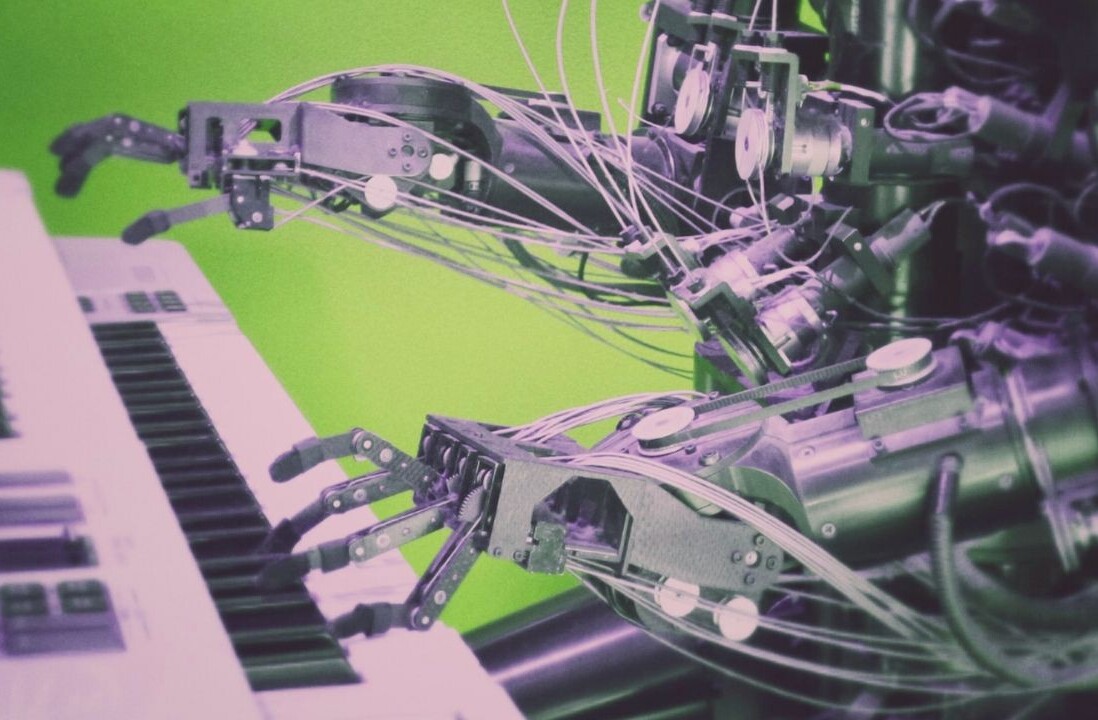
Editors note: This piece was written by Marc Rettig, the jury chair for this year’s Interaction Awards.
Design is teaching itself how to work in a new way. At the risk of oversimplifying, we’re learning to add “making wellbeing” and “making community” to our practice of “making products and services.” But how? What is this going to look like?
I doubt it will be news to readers of this site that design is in a time of transition. Strategists and futurists sometimes see events in terms of eras: plateaus of culture, technology, policy, and social conduct during which people share a sense of “the way things are.” Between those plateaus are times of transition; sometimes troubled, always uncomfortable and uncertain.
During a transition, the old and new co-exist. The old is easy to see in its familiar hardened form, petrified in artifacts, stories, organizational structures and institutional programs that resist the shift. The new comes in the form of clues – experiments, conversations, and explorations that take a wild variety as the world figures out how the source of the change – the collective impulse or vision, the driving motivations and sense of possibility – is going to take shape: how “the way things could be” will become “the way things are.”
The current transition of design is in a dance with the much larger bundle of transformations happening in the world. There’s disillusionment and dissatisfaction with existing power structures, a kind of “great remembering” that business and governance should not come at the cost of human community and wellbeing. And there’s a recognition that many of the era’s significant challenges are systems issues that can’t be resolved through point solutions – products or services that are limited to the agenda of a single business or institution.

Design is on the frontier of engagement with systems challenges, stepping up to the need for new ways of working with the dynamic complexities of social systems. This is causing lots of new conversation and exploration, including the key question of quality.
When we judge the quality of our work, designers have drawn mostly from business concerns and the experience of individual people as they use products and services. As part of our transition, design is learning how community and wellbeing must be part of our measures of quality and success.
You can see what’s coming
In the midst of transition, it’s wonderful to notice that you can see what’s coming long before it takes its eventual form. You can look at the sprouts and get clues about what kind of plant they’re going to become. That’s because societal change – which includes the evolution of practice in design – is made of conversations, and those conversations are mirrored in institutions like university programs, conferences, publications, investment priorities, and so on.
As just one example of how design is in a conversation with itself and its constituents about the nature of the transition and where it’s all going, and how that conversation is mirrored in design’s institutions, I’ll point to an awards program. Specifically I’m thinking of the Interaction Awards created by the Interaction Design Association and now entering its second year. (Full disclosure: I’m thinking about these awards because it’s just been announced that I’m this year’s jury chair. So I’m uh, very interested in them.)
So far as I know these are the only awards specifically for interaction design. But that’s not why I call attention to them. It’s because of the categories – the way the awards ask entrants to assign a category to the work they’re entering.
If you look at most design award programs that bear comparison to the IxDA Awards, you can see “the way things are” embedded in the category structures. Categories have names like, “desktop,” or “mobile” – technology-oriented categories. Or maybe “advertising,” “shopping,” or “enterprise application,” and so on – business and industry-oriented categories. That is, the categories reflect the conversations of the time in which those programs were conceived.
Design has been driven by business and technology concerns to the extent that they are part of design’s self-image. “What should we, being designers, give awards for? Well naturally, we’ll recognize online stores, phone apps, and interactive marketing!”
But look at the categories for the Interaction Awards:
Optimizing: Making daily activities more efficient.
Engaging: Capturing attention, creating delight and delivering meaning.
Empowering: Enabling people to go beyond their limits.
Expressing: Encouraging self-expression and/or creativity.
Connecting: Facilitating communication between people and communities.
Disrupting: Re-imagining completely an existing product or service by creating new behaviors, usages or markets.
Those categories are about human experience, capabilities, relationship and identity. “Disrupting” is the only one that makes explicit mention of a business context. None mention technology explicitly.
New values are emerging
Design’s conversation is shifting. We’ve established values like “useful, usable, and desirable” or “feasible, viable, and needed” in our practice of making things. The emerging concerns are not only for quality artifacts, but for quality of impact on human communities.

We’ve known, of course, that much of life is social and most of human experience consists of invisible and immeasurable inner life: beliefs, emotions, sense of self, sense of place in the world, and so on. Now we’re incorporating this knowledge directly into our practice, and beginning the conversation about how to evaluate quality. What should we hold up as examples of great design in the new era? How do we judge? What will our new practices look like? How do we teach this stuff?
We need examples, conversation pieces, to help us make the transition. Which is why I’m excited about the Interaction Awards, as just one example among the surge of new university programs, companies, offerings and programs around the world. They usually have the word “design” in their name, along with other words – words like “social,” “impact,” “change,” “good,” “resilience,” “sustainability,” and so on.
We are learning to be creative citizens of the next era.
For more, check out TNW’s announcement of the Interaction Awards here.
Get the TNW newsletter
Get the most important tech news in your inbox each week.




